1. Tab Hunter
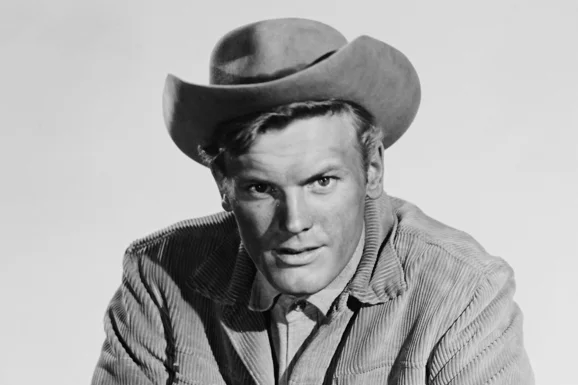
Tab Hunter was one of the most popular heartthrobs of the late 1950s and early 1960s, appearing in dozens of films, from Damn Yankees to Battle Cry. His boyish good looks and all-American charm made him a favorite among teen audiences. But despite his fame, his career faltered in the ’70s, and Hunter seemed to vanish from Hollywood. A combination of personal struggles and changing tastes in cinema led to his quieter years.
Though he took a step back from the limelight, Hunter found his own path. In the ’80s, he reinvented himself as an actor, writer, and even a producer. He opened up about his personal life and became a vocal advocate for LGBTQ rights. Though he never regained the fame of his youth, Hunter remained a beloved figure for many, his legacy cemented by his 2005 memoir, Tab Hunter Confidential.
2. Susan Strasberg
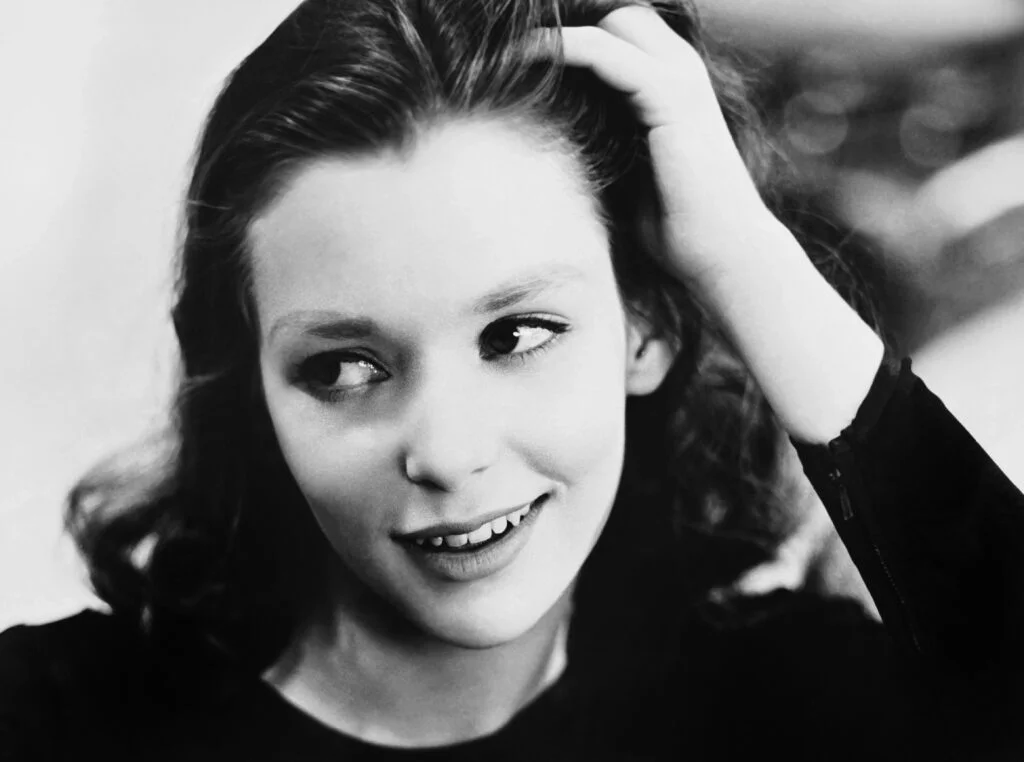
Susan Strasberg, daughter of famed acting coach Lee Strasberg, burst into Hollywood with roles in The Manchurian Candidate and A Walk on the Moon. Her talent earned her critical acclaim, but her career was often overshadowed by her family legacy. By the late ’60s, her roles dwindled, and she disappeared from the big screen for the most part.
She moved into theater, focusing on stage performances in New York and around the world. Strasberg also ventured into writing, contributing articles and books. Despite a quieter career in the public eye, she continued to perform and influence many young actors until her passing in 1999.
3. Troy Donahue
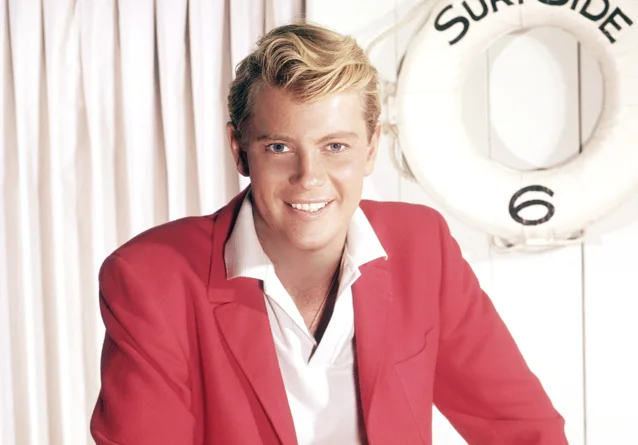
Troy Donahue was the quintessential “blond, handsome” heartthrob of the 1960s, often cast in romantic roles in films like A Summer Place and Parrish. His charming demeanor and striking looks made him a star, but the public’s interest in his image quickly faded as the ’60s turned into the ’70s.
Donahue’s personal struggles, including battles with substance abuse and the constant pressure to maintain his image, took their toll. He found success later in life in small roles on TV shows and in B-movies. Though he never regained the level of fame he once had, Donahue remained a cult favorite among classic film buffs until his death in 2001.
4. Carroll Baker
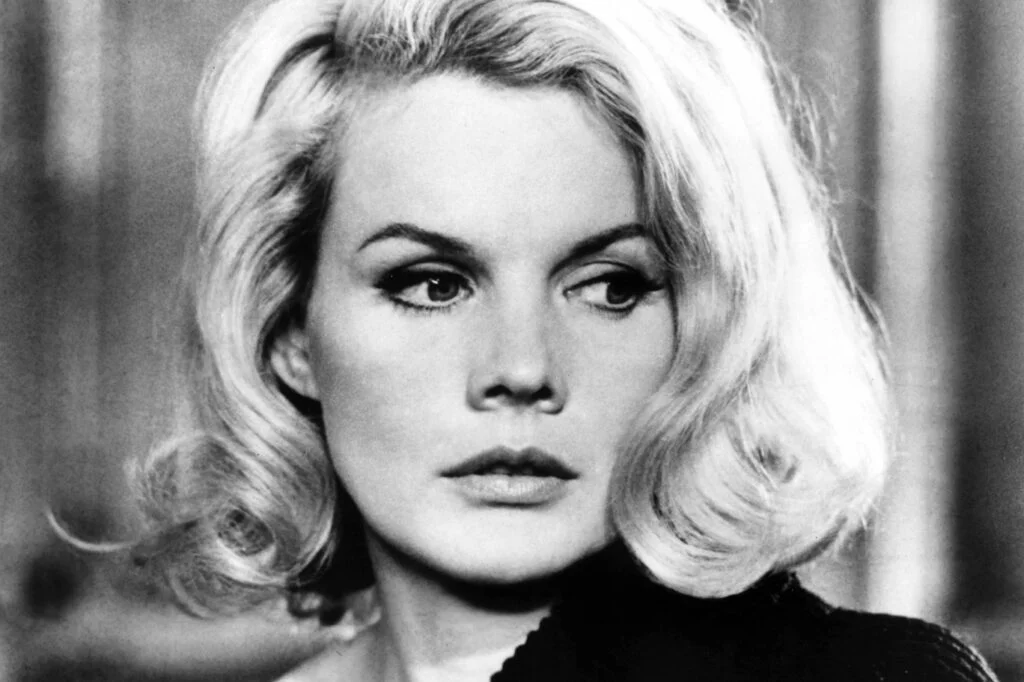
Carroll Baker rose to fame as the sultry star of films like Baby Doll and The Carpetbaggers. She was considered one of the top actresses of the 1960s, often praised for her bold performances. However, by the late ’60s, she struggled to find roles that matched her earlier success.
After her peak, Baker moved to Europe, where she appeared in a series of European films. Although she never regained the same fame in Hollywood, she carved out a successful career abroad. Baker’s legacy remains tied to her breakout roles and her unique place in 1960s cinema.
5. Ann-Margret
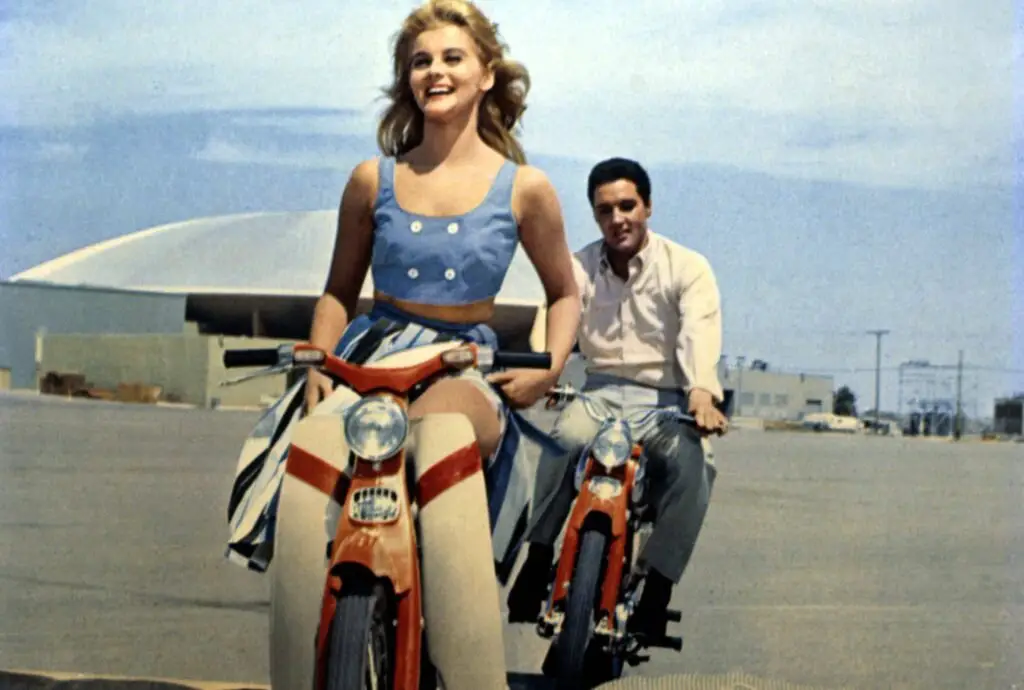
Ann-Margret was everywhere in the ’60s—known for her bombshell looks and dynamic performances in films like Viva Las Vegas alongside Elvis Presley. Her fame soared during this era, making her a household name. But as the ’70s rolled around, her career seemed to fade as the industry’s tastes shifted.
However, Ann-Margret reinvented herself, becoming a fixture in both television and film. She earned multiple award nominations in the ’70s and ’80s for roles in movies like Carnal Knowledge and Tommy. Her ability to adapt to changing times and tastes kept her relevant, though she never quite recaptured the heights of her ’60s fame.
6. George Maharis
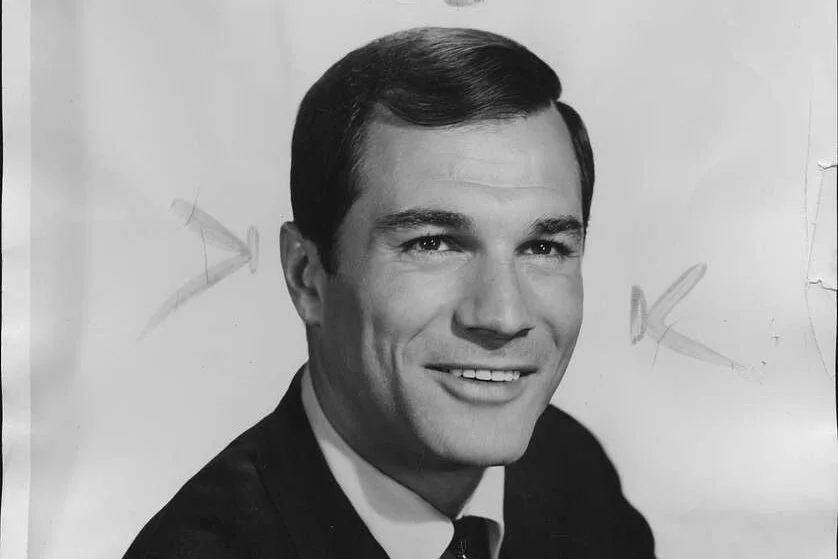
George Maharis found fame as the brooding partner of Martin Milner on the hit TV series Route 66. His performance made him a household name in the early ’60s, and he became one of the most recognized stars of television. However, Maharis’ sudden departure from the show after three seasons left fans puzzled and eager for more.
Though he continued to work in television and film, Maharis never reached the level of fame he had enjoyed on Route 66. He appeared in numerous guest spots on shows and even had some success in films like The Satan Bug, but his star faded. Despite his efforts, Maharis never returned to the heights he once experienced.
7. Jacqueline Bisset
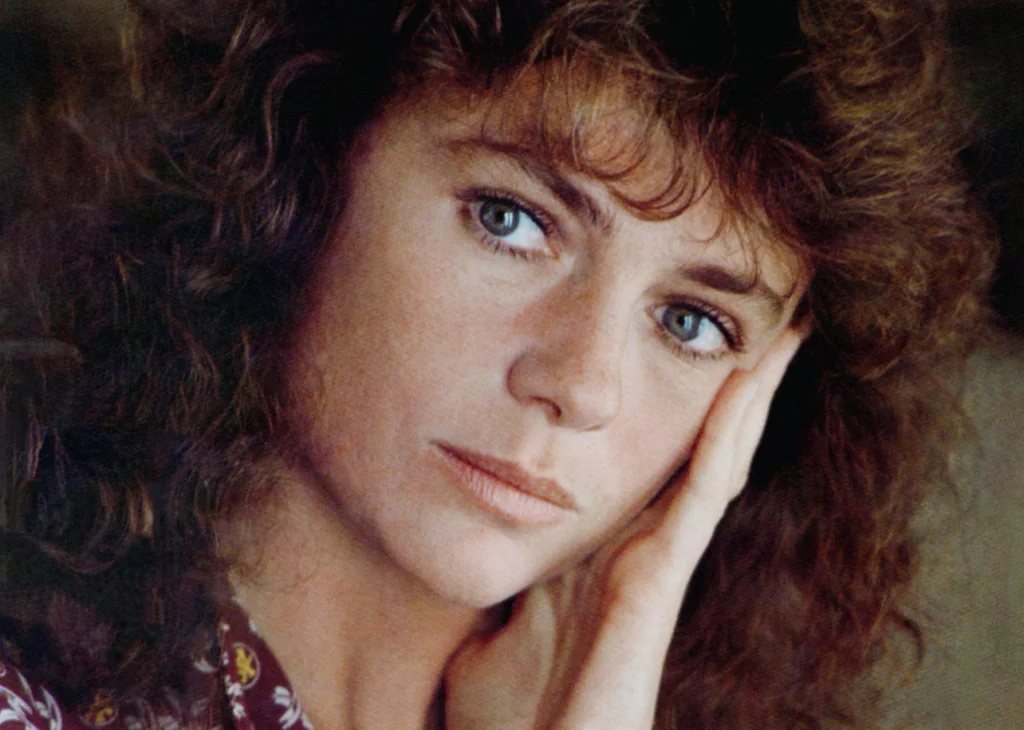
Jacqueline Bisset starred in a variety of roles in the ’60s, including The Deep and Airport. She became known for her classic beauty and effortless elegance, making her a popular figure both in Europe and the United States. By the late ’70s, however, her popularity seemed to wane, with fewer high-profile roles on the horizon.
Bisset continued to work in television and film throughout the ’80s and beyond, though none of her later projects captured the same attention as her earlier ones. While she enjoyed a long career, she never reached the superstardom that many expected after her breakthrough roles. Still, she remained a respected figure in Hollywood.
8. Robert Wagner
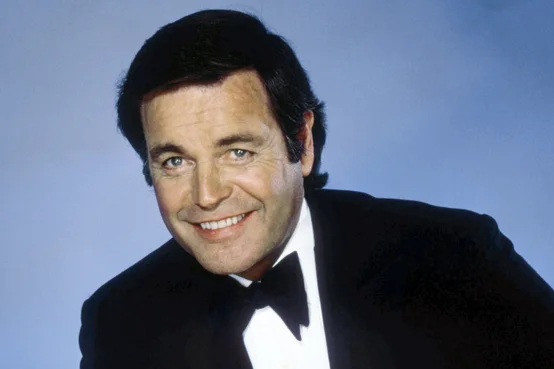
Robert Wagner’s career in the ’60s was a whirlwind, with standout roles in It Takes a Thief and The Pink Panther series. His good looks and suave demeanor made him one of the most in-demand actors at the time. But by the late ’60s and early ’70s, his career began to slow down as the focus shifted to younger, edgier stars.
Though Wagner’s career hit a lull, he found a second wind in television, particularly with Hart to Hart in the ’70s. His charm and experience made him a regular on both TV and film, though he never returned to his peak from the ’60s. Wagner’s longevity in Hollywood was a testament to his adaptability and lasting appeal.
9. Warren Beatty
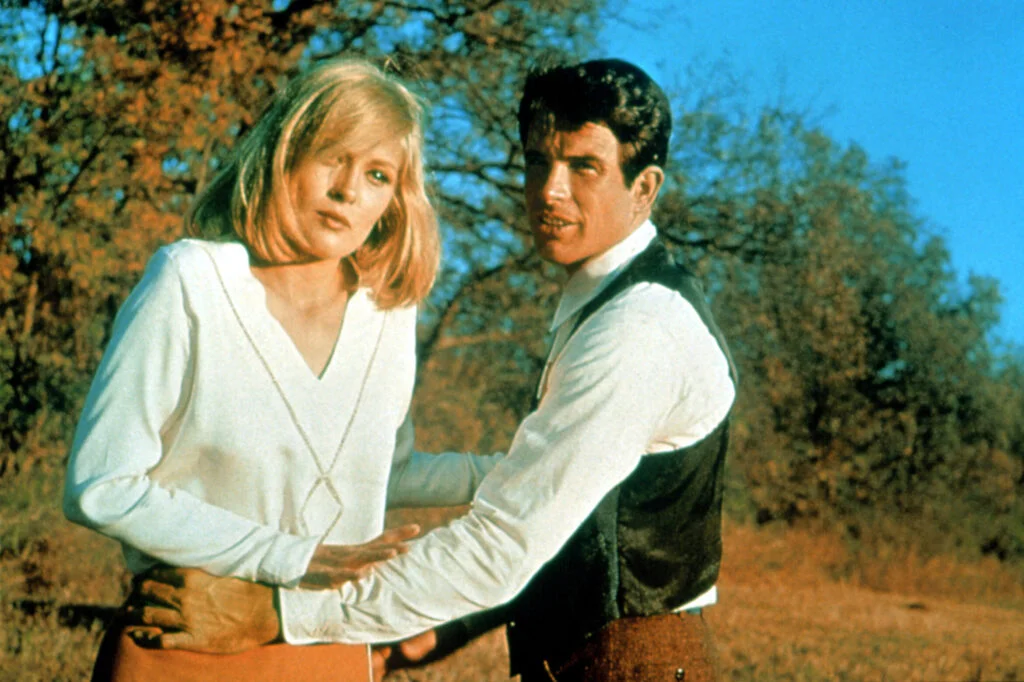
Warren Beatty had his hands full in the ’60s, starring in films like Bonnie and Clyde and Splendor in the Grass. His talent and good looks made him one of the most prominent actors of the decade. But as the ’70s unfolded, Beatty seemed to disappear from the scene, choosing fewer projects.
In the decades that followed, Beatty returned to the spotlight, often stepping behind the camera as a director. His career flourished again with films like Heaven Can Wait and Reds, earning him multiple Academy Award nominations. Though his 1960s fame seemed distant, Beatty proved he had staying power well into the later years of his career.
10. Peter Breck
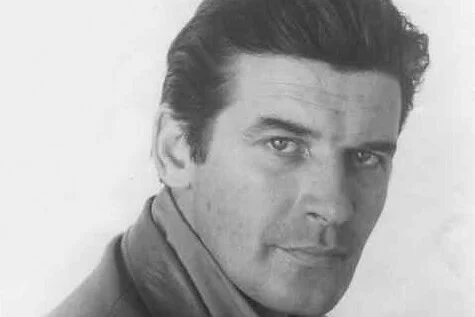
Peter Breck starred in the Western series The Big Valley during the ’60s, where he played the rugged, tough-guy Heath Barkley. His performance earned him a loyal fanbase and critical acclaim. However, after the show ended, Breck’s career struggled to gain traction in the 1970s.
Breck appeared in numerous television shows and films but never found another role that matched his earlier success. His lack of high-profile roles led to a quieter life in the entertainment industry, and Breck eventually stepped away from acting entirely. Despite his absence from the limelight, he remained fondly remembered by fans of The Big Valley.
11. Robert Fuller
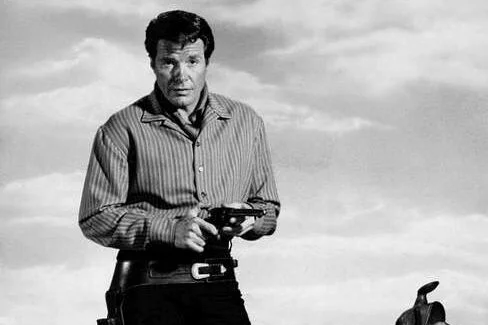
Robert Fuller became a household name with his role as a stalwart, kind-hearted doctor on Emergency! during the late ’60s and early ’70s. His strong, dependable persona made him a favorite among television audiences. But when Emergency! ended, Fuller’s career seemed to fizzle out.
Though he stayed active in TV shows and minor film roles, Fuller was never able to replicate the success of Emergency! in the way many had expected. In the following decades, his appearances became more sporadic, but he never fully disappeared from public view. He was beloved for his contributions to television, but his career was a far cry from his prime.
12. Barbara Eden
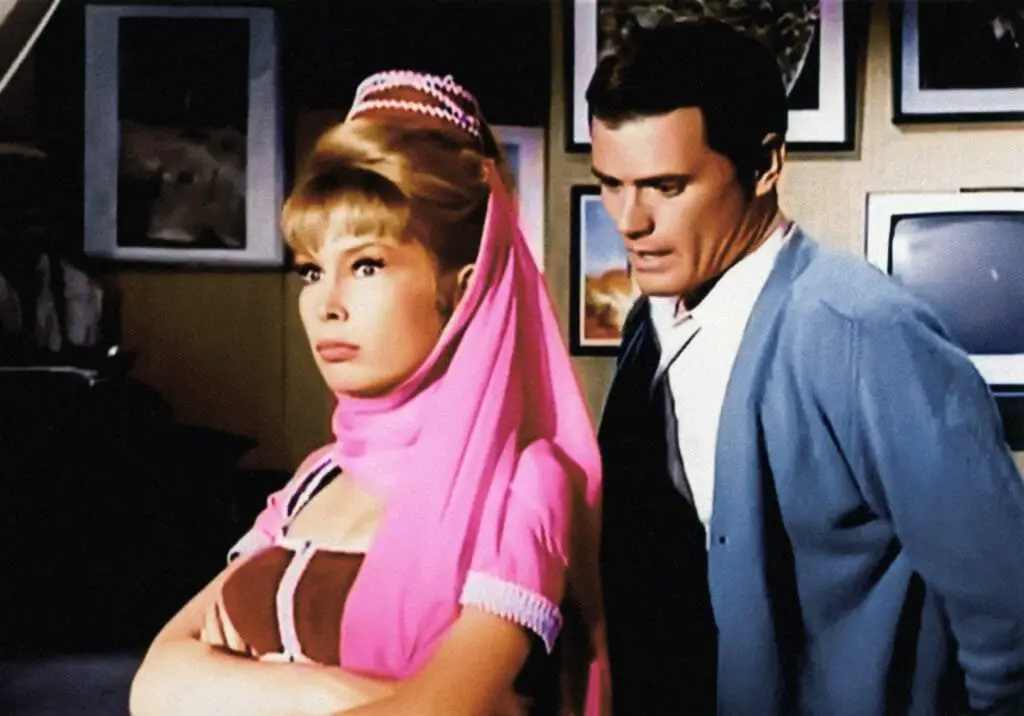
Barbara Eden became a television legend in the ’60s with her iconic role in I Dream of Jeannie. As the quirky, magical Jeannie, Eden charmed audiences with her comedic timing and beauty. Despite the show’s success, Eden found it difficult to break away from the role in the years that followed.
She continued to work in television, but none of her subsequent roles reached the same level of fame. Eden’s typecasting, combined with changing tastes in television, slowed her career. However, she maintained a steady presence in the entertainment industry, remaining an enduring figure in pop culture for generations.
13. Jack Lord
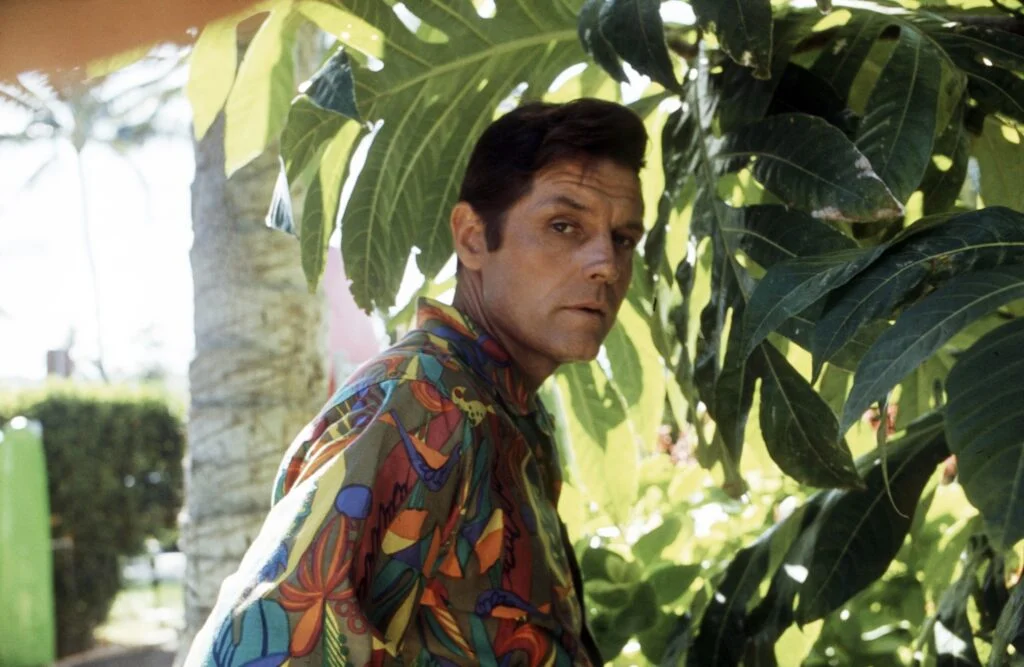
Jack Lord became a star with his role as Steve McGarrett on the iconic TV series Hawaii Five-O. His role as the tough, no-nonsense detective made him an instantly recognizable face. But after the show’s successful run, Lord’s career never quite reached the same heights, as he turned away from acting to focus on directing and producing.
Despite his desire for creative control, his career outside of Hawaii Five-O was relatively quiet. Though he appeared in several films and television specials, none of his later projects achieved the same level of popularity. Lord’s career serves as a reminder that even the biggest stars can sometimes fade away after their signature roles.
14. George C. Scott
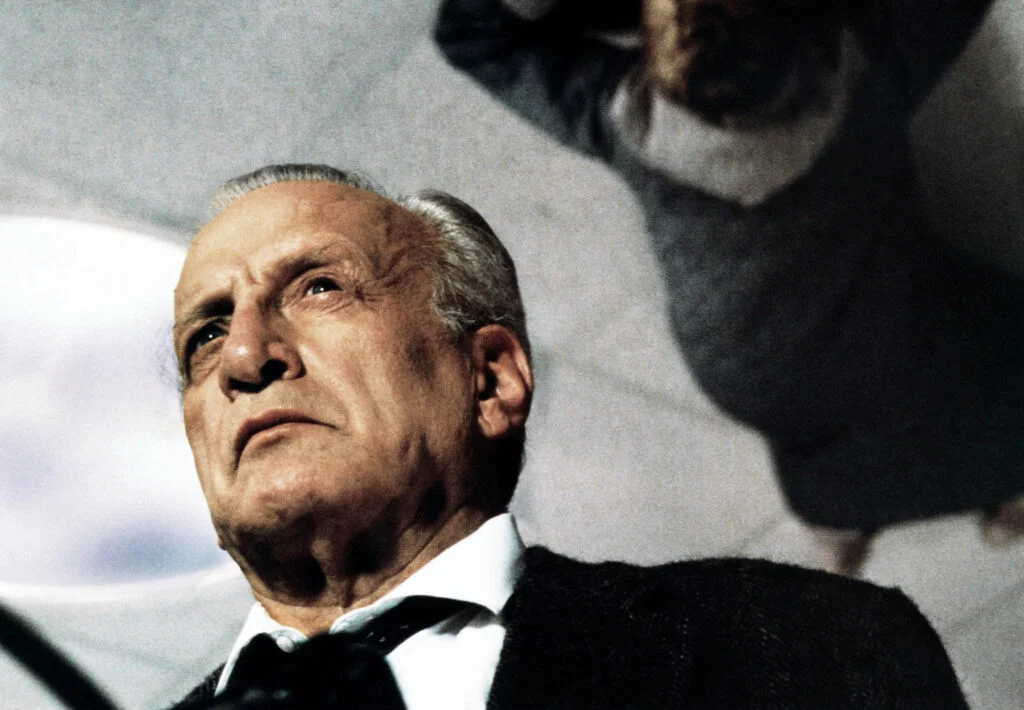
George C. Scott was a towering figure in Hollywood during the ’60s, earning widespread acclaim for his powerful performances in Dr. Strangelove and The Hustler. His ability to play intense, dramatic characters made him one of the most respected actors of his time. However, after winning an Academy Award for Patton, Scott seemed to step away from the limelight.
Scott’s refusal to accept his Oscar in protest of the institution, combined with his fiercely independent nature, made him a controversial figure in Hollywood. Despite his declining number of film roles, Scott remained a respected presence in theater and film, earning recognition for his stage work. However, his career didn’t see the same level of exposure it once had, with fewer mainstream roles in the latter part of his life.
15. Tuesday Weld
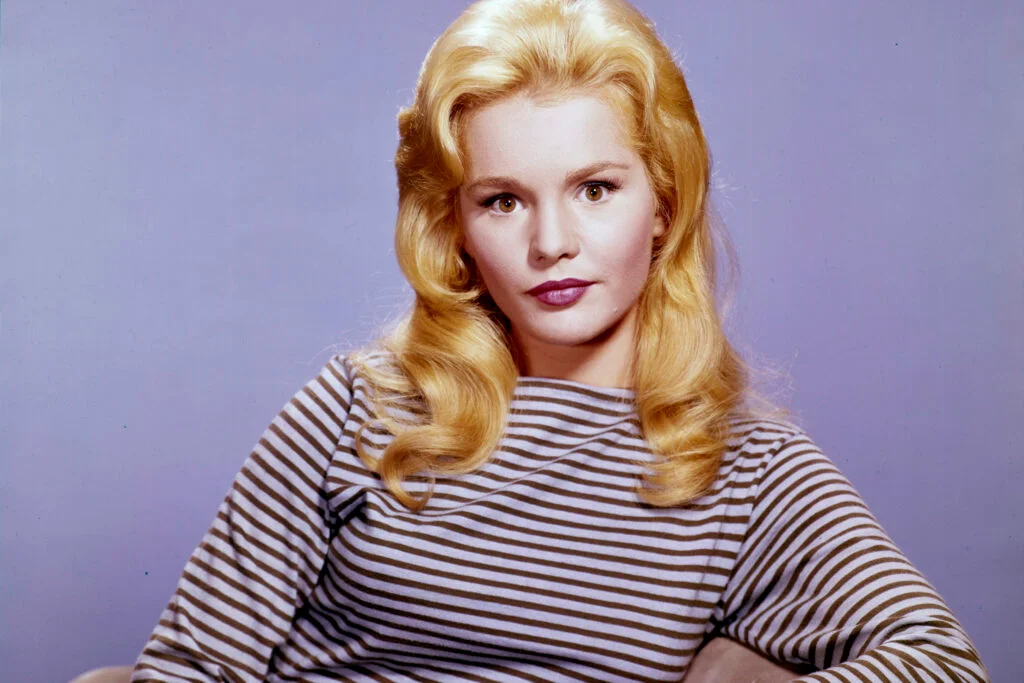
Tuesday Weld was a teenage sensation in the ’60s, appearing in a string of successful films like Rock, Rock, Rock and The Cincinnati Kid. She was known for her beauty and charm, quickly becoming one of Hollywood’s most popular young actresses. But as she grew older, Weld struggled to find roles that showcased her talents in a way her earlier work had.
After several high-profile relationships and bouts with personal struggles, Weld shifted away from Hollywood. She appeared in several low-budget films and television shows, but her public profile diminished significantly. Weld’s career may not have followed the trajectory many expected, but she left an undeniable mark on Hollywood’s youth culture in the ’60s.
16. John Gavin
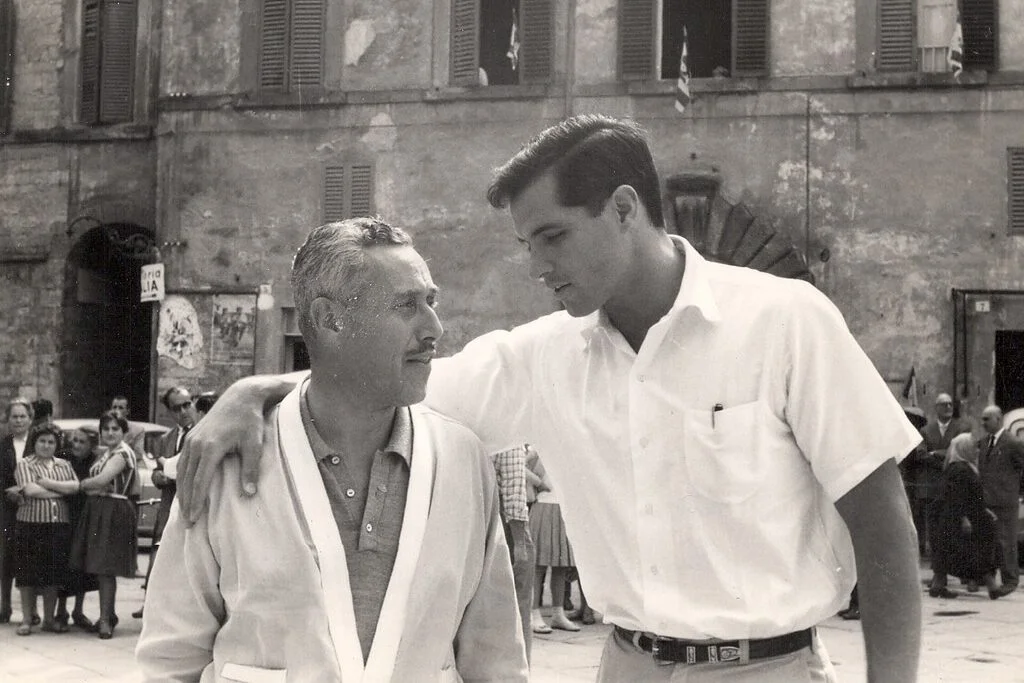
John Gavin was a handsome, smooth-talking actor who appeared in a string of popular films in the ’60s, including Psycho and Imitation of Life. His good looks and suave demeanor earned him a reputation as a leading man. However, by the end of the ’60s, Gavin’s career lost momentum.
Though he briefly ventured into politics and even served as president of the Screen Actors Guild, Gavin’s career slowed. He took on smaller roles and spent more time out of the spotlight, leaving many to wonder what could have been. Despite his fading career, Gavin’s work in Psycho and his roles in the ’60s remain influential.


